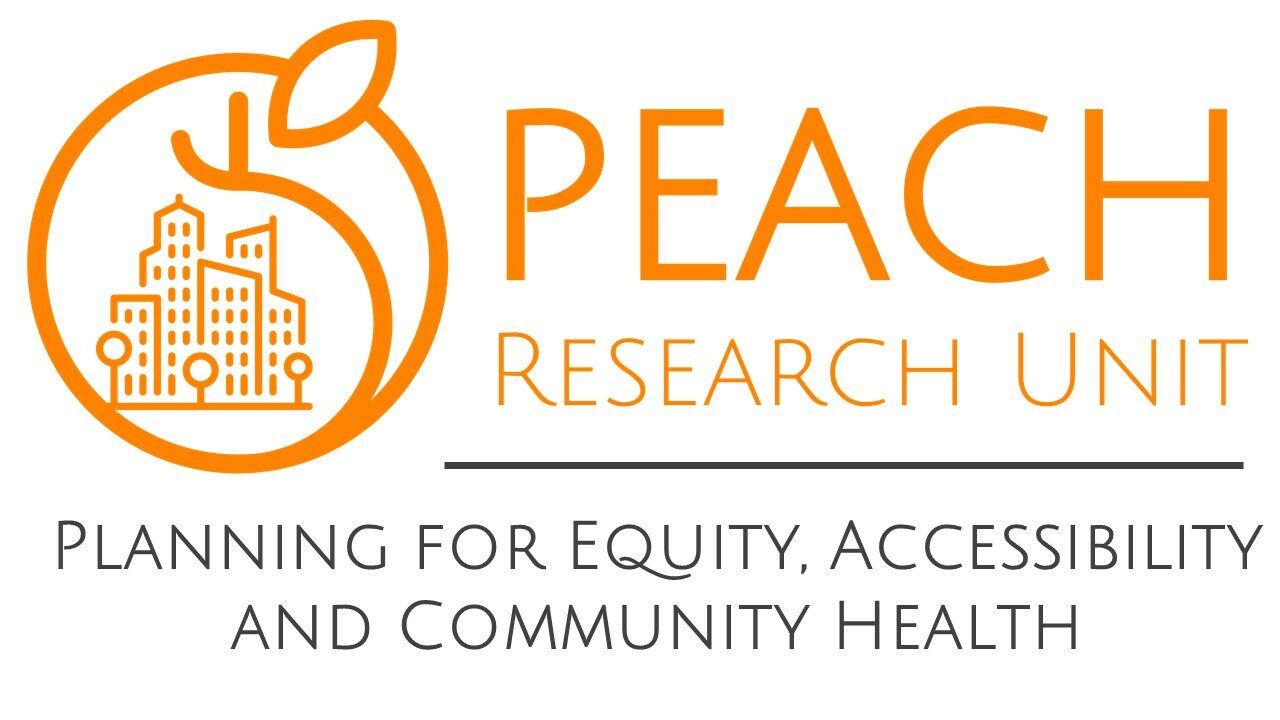Material Deprivation

‘Material deprivation’ refers to a condition in which there is a lack of economic (financial, material) assets that allow individuals to meet their life’s potential, or limit opportunities for communities to prosper and grow.
These factors are strongly associated with population health, such as incidence and prevalence of diseases (mental and physical), life expectancy and mortality, and other health-related factors such as obesity and smoking, and satisfaction with life. The material deprivation index used for the SAMoSA project is one of the set of two indices from the Nova Scotia Deprivation Index, which show two aspects of deprivation: Material and Social. The two sets of indices take into account six population characteristics:
Material Deprivation
- Median individual income (ages 15+)
- Counts of unemployed persons (ages between 25 and 64)
- Counts of people with a high school diploma (ages 20+)
Social Deprivation
- Counts of people who are separated, widowed or divorced (ages 15+),
- Counts of people living alone (ages 15+)
- Counts of single parents (ages 15+).
Social deprivation reflects the level of deprivation in social relationships individuals may experience. For example, a higher proportion of individuals who are living alone means there are higher level of potential social isolation. The social deprivation is currently not included as a SAMoSA indicators. Data was obtained from the 2016 Census (Statistics Canada) and the National Household Survey.
The map below shows material deprivation scores scaled from 1 to 5, with 5 being the most deprived and 1 being the least deprived, according to the indices listed above.
